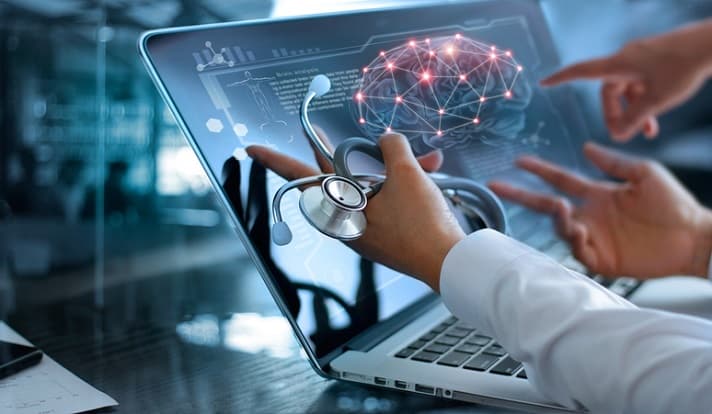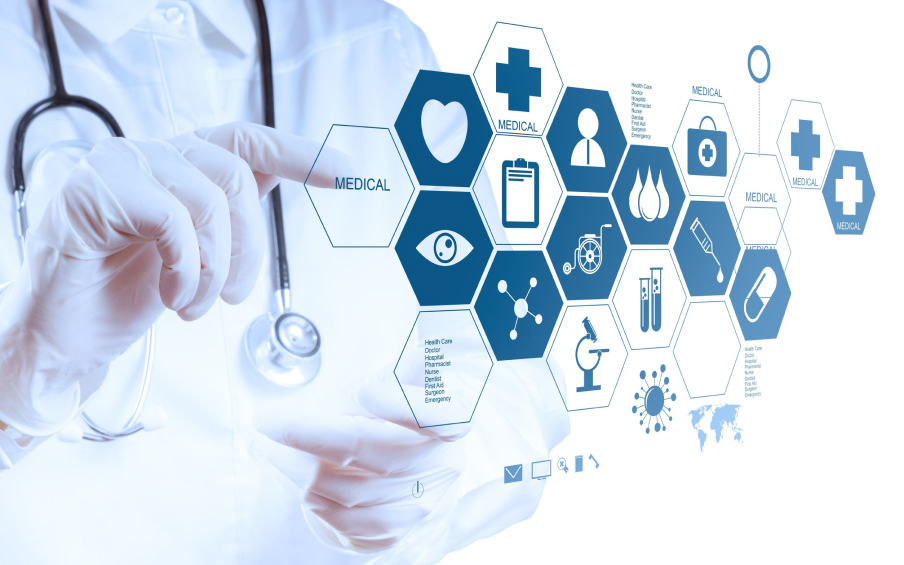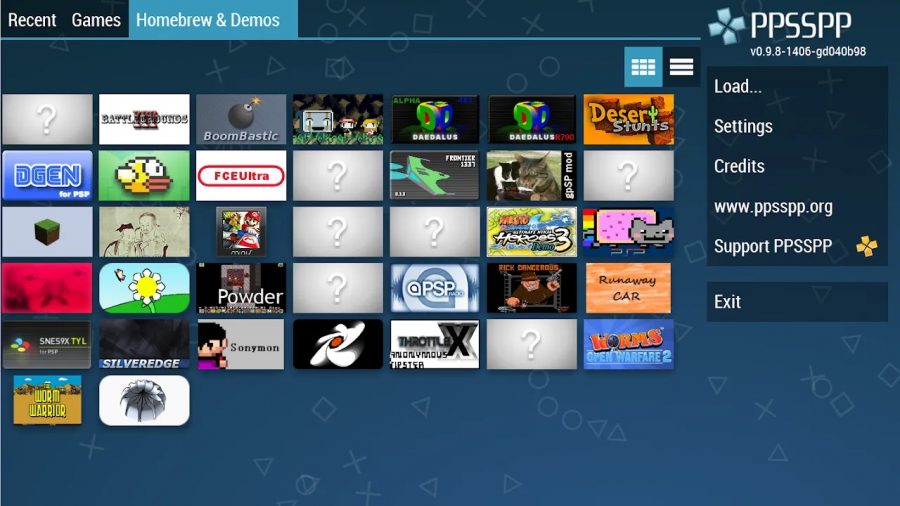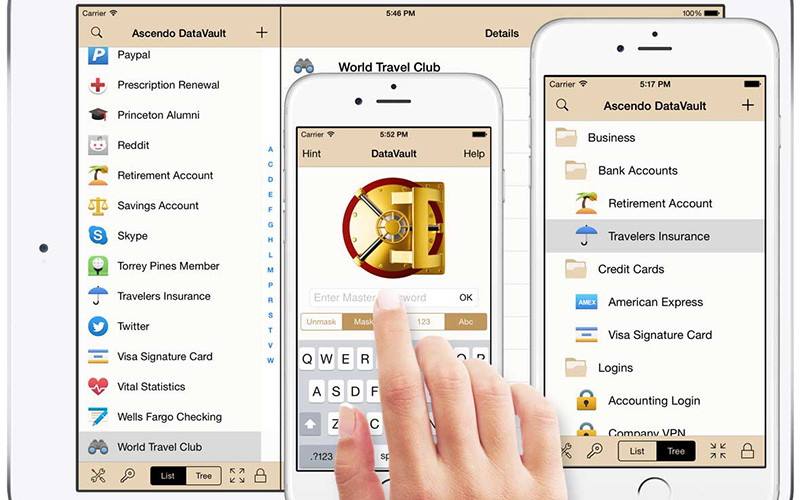Healthcare Software: Popular Healthcare Software In 2024

The growth of information technology has resulted in a variety of advantages in different areas, including healthcare. Organizations and corporations in the health care industry are increasingly focused on IT in the form of healthcare software solutions.
Healthcare software refers to knowledge-based, decision-support IT systems that provide assistance, advice, and reviews in the healthcare setting. As its principal patient file repository, an increasing number of hospitals are using electronic health record (EHR) healthcare software.
Appointment scheduling software is often used in nursing departments to assist track and arrange shifts. Medical equipment scheduling healthcare software is also used to keep track of patients in critical care units (ICUs).
How Does Medical Software or Healthcare Software Work?
Healthcare Software refers to any software that help healthcare companies manage their clinical and administrative duties. Billing, appointment scheduling, preparing and managing patient reports, picture/image archiving, and prescription administration are just a few of the procedures that have been automated by technology.
What Kinds of Healthcare Software Are Available?
Healthcare software systems provide a variety of advantages, including improved health control and less medication mistakes in hospitals. These IT applications in Healthcare Software are intended to improve health administration while simultaneously providing better patient care.
In this article, we’ll take a look at 10 distinct types of healthcare software that are now in use in the medical field.
- Electronic Health Record (EHR) Software
- Medical Diagnosis Software
- Visualization Software
- Medical Database Software
- E-prescribing Software
- Appointment Scheduling Software
- Medical Equipment Management Software
- Hospital Management Software
- Medical Billing Software
Electronic Health Record (EHR) Software
An electronic health record (EHR) system is the collection of patient data, such as personal information, medical history, and prescriptions, in digital format, storage, and access by registered users inside a secure cloud network.
The primary goal of EHR software is to provide an effective and robust foundation. As a consequence, hospital therapy is incorporated into various Healthcare Software departments.
The most common kind of EHR software is the Electronic Medical Record (EMR) system, which gives information regarding therapy, therapies, and the overall course of patient rehabilitation. The electronic medical record (EMR) is a digital document used by a specific healthcare department.
Another kind of EHR is the Electronic Patient Record (EPR), which is designed to store the patient’s sensitive information from a single location. Other EHR types include computerized medical logs, electronic health care records, personal health records, and clinical data archives.
Medical Diagnosis Software
The Medical Diagnostic Software enables automated, real-time data exchange across medical disciplines. This comprehensive viewpoint allows for speedy and accurate illness identification in the hospital setting.
In this framework, medical specialists submit information about each patient, such as particular definitions, observations, and suspected illness processes. At the same time, a nephrologist may input data and a possible diagnosis based on the patient’s kidney findings.
As a result, this approach promotes collaboration across diverse medical professions. Medical diagnosis Healthcare Software solutions include a web-based expert system for nutrition diagnosis, a multiagent system Generalized Human Disease Ontology (GHDO), and the Holonic Diagnosis System for e-Health applications.
Visualization Software
CT scans and MRIs, for example, may now be viewed with improved precision because to advancements in health information technology. Medical software experts have also been hard at work building apps for surgical planning and telesurgery visualization.
Clinicians may employ imaging and simulation software to assess different bodily structures in real-time and, as a consequence, provide an accurate diagnosis.
Medical Database Software
EHRs and medical portals allow physicians, nurses, and other health care workers to input patient information into a digital portal. Such information includes medical data, medications, treatments, and a course in the wards.
Healthcare Software
The most notable distinction between medical information software and EHRs is that medical records identify people based on sickness diagnosis, implying that there is a medical database dedicated to coronary heart disease, diabetes mellitus, pneumonia, and so on. This kind of medical software allows clinicians to refer to previous instances in order to make informed professional decisions and conduct medical studies.
E-prescribing Software
Various hospitals have long employed e-prescribing to promote patient safety by maximizing prescription quality and reducing medication problems. The software enables physicians to interact with pharmacists directly regarding drugs.
The e-prescribing software architecture provides benefits such as improved workflow, fewer prescription mistakes, less time spent correcting issues, and better log filing.
Appointment Scheduling Software
To maximize staff utilization and minimize patient wait times, hospitals, schools, and other healthcare facilities are increasingly using an online appointment scheduling system. Patients sign up for this plan by visiting an internet page and entering their appointment number and time.
People no longer have to wait in lines at the hospital as a result of this choice, which reduces congestion, improves the hospital atmosphere, and increases staff loyalty. The online appointment system includes features such as checking the doctor’s availability, canceling and rescheduling appointments.
Medical Equipment Management Software
IT-enabled medical equipment management might benefit hospitals by increasing the efficiency and profitability of medical instruments and equipment. Medical product management software solutions monitor and oversee the operation and maintenance of medical equipment. Because to this gadget, medical equipment downtime is reduced. This medical software category includes capabilities such as equipment identification, preventative maintenance scheduling, and the generating of repair requests.
Hospital Management Software
The advancement of health information systems has led in the development of Hospital Management Software, which assists managers in evaluating the quality of care given by hospital workers and performing key management tasks.
Different software systems offer distinct characteristics that are essential in hospital administration. Software tools, for example, might be incorporated to monitor the workflow of medical personnel. Other services are intended to handle economic and logistical duties.
With this kind of healthcare software, hospital operations could be streamlined, management could be enhanced, patient care could be improved, and shareholder profits could be maximized.
Medical Billing Software
Medical coding Another category of medical software is Healthcare Software. This software is now used to distribute and monitor medical billing transactions at hospitals throughout the United States. Due to the integration of the electronic billing system and the EHR, billing data may be compared and validated with patient medical information. Transactions and medical treatments should be monitored and reviewed to discourage bribery and unnecessary drugs and surgeries.
Medical Studies
Advances in healthcare software types also help to advance medical technologies. Digital technologies for medical research may be modified to serve a number of applications. Medical analysis software might be used to generate a register of medical publications from which clinicians could construct appropriate literature reviews. Medical software applications may be integrated with EHRs, allowing medical staff to consult patient data for medical analysis.
Conclusion
These forms of healthcare software may help hospitals change the way they manage and distribute treatment. The use of information technology in health has a broad variety of options, all aimed at improving health administration and patient outcomes by leveraging the power and promise of statistical technologies, data analysis, and digital analytics.
For all of these benefits and prospects, now is an excellent moment to implement health information systems in various types of healthcare software.





